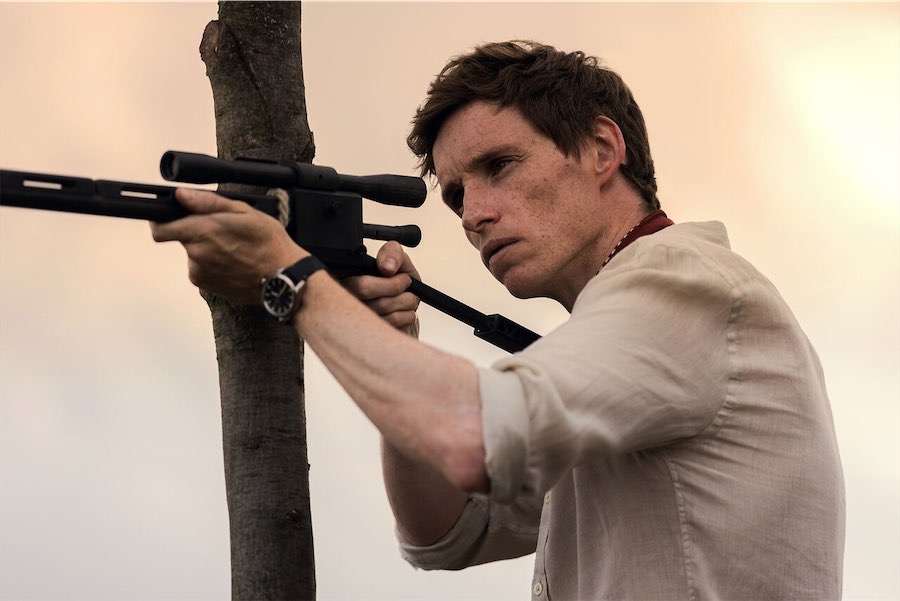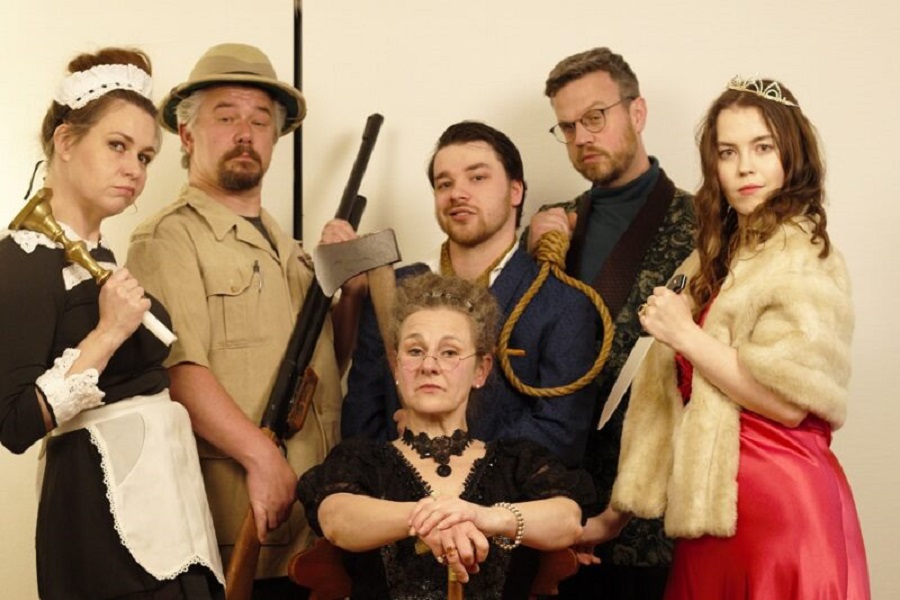
Music / “Songs Under the Southern Cross”, The Song Company. At Wesley Uniting Church, March 14. Reviewed by ROB KENNEDY.
CHORAL music, whether it comes from hundreds of years ago or just yesterday, can make you feel more connected to humanity than anything else, especially when it’s sung this good.
The Song Company is Australia’s national vocal ensemble. They’ve been going for almost 40 years. There’s not much they haven’t sung, and in this concert, we heard music from 300 years ago to the just recent.
The performers were Amy Moore, guest director and soprano; Susannah Lawergren, soprano; Jessica O’Donoghue, mezzo-soprano; Louis Hurley, tenor; Hayden Barrington, baritone; Aidan O’Donnell, bass baritone and Francis Greep, continuo.
The concert opened with a piece titled “A Vision of Julian Norwich”, by local and known medieval music composer David Yardley. Lawergren stood solo on stage as she sang out the vision, the other singers off stage, one creating a backing drone. This short, highly delicate piece echoed gloriously through the church, creating a stunning opening.
The group all moved to their stands and began Anne Boyd’s “Revelations of Divine Love”, (1993). Also, beginning with a drone, the six voices all sang what seemed like individual lines, creating a wall of suspenseful music.
This is an eclectic work that crossed a range of musical territories. From almost silent to a full-voiced harmonious forte, it was also a delicate and profound piece.
Richard Dering’s (1580-1630) “Factum est silentium”, came next. Another short piece that showed the harmonious characteristics that this sextet of high-quality singers can produce; they sound so good together.
“Southern Cross Chants”, (2004) by Ross Edwards followed. With percussion instruments included, it began amid a call and response between two male voices, with intermittent clapping from the third. All the singers came in and then the percussion in the form of a drum, then chimes and later clap sticks. It was a most eclectic piece where a chanting theme held it all together.
It was a complex work with moments of refined beauty and subtlety. While it contained a lot of material, its dots all joined together to create a vibrant, highly original work. It included a ritualistic-sounding soft tapping on the drum as the singers floated around this rhythm. What an astounding piece of writing, singing and performance it was.
With Greep on continuo, a small organ, J.S. Bach’s, “Jesu, meine Freude”, BWV 227, which was written in 1723 began to unravel. Voices resonating a 300-year-old piece can show how human connection runs deep.
A delicate opening extended into sets of voices in contrapuntal singing, which added depth and texture to this expression of friendship and love. The richness of this work fills the ear with a balance of voices in accord and against themselves.
The unisons made a profound statement alongside the multiple-line sections. While this piece may be better suited with more voices, with the Song Company in command, it was high class all the way, as was the whole concert.
Who can be trusted?
In a world of spin and confusion, there’s never been a more important time to support independent journalism in Canberra.
If you trust our work online and want to enforce the power of independent voices, I invite you to make a small contribution.
Every dollar of support is invested back into our journalism to help keep citynews.com.au strong and free.
Thank you,
Ian Meikle, editor




Leave a Reply